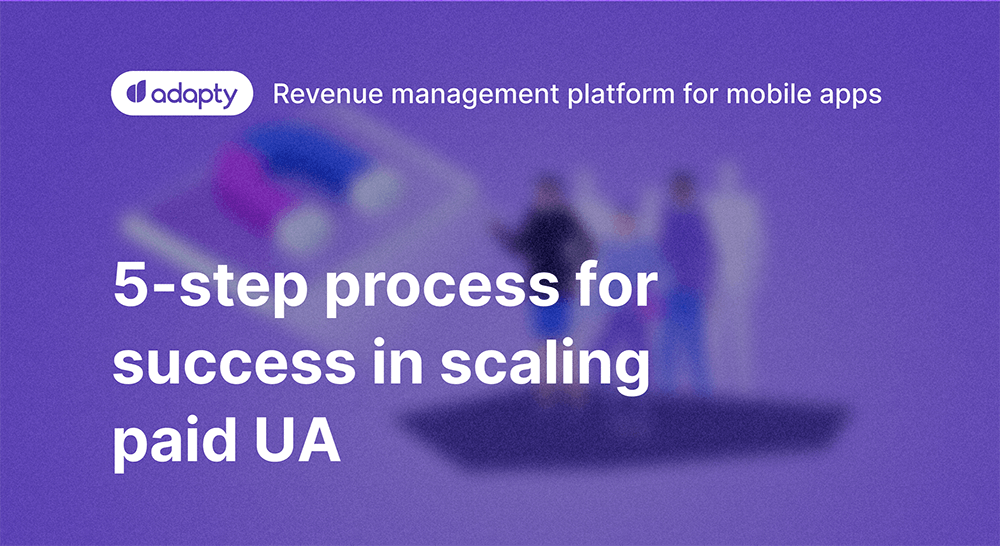Subscription-based apps account for the majority of all apps in the mobile market. The subscription model has already become a standard for app developers, as it has many positive sides to using it:
- Constant money flow thanks to auto-renewals and a more engaged audience
- Easier monthly and annual revenue prediction because of a more reliable income
- Different ways to pricing (pay to use, freemium, pay to pay less)
- More ways to influence the potential subscriber (free trial, pay up front, pay as you go)
With subscriptions being popular not only with developers, but also with users, it’s no surprise that the mobile market’s experiencing growth. Even though subscriptions are rather flexible and, on a larger scale, may act in an unexpected manner, there’s one general tendency that seems to be rather coherent: the subscription’s average price is constantly growing. So let’s have a quick look at the current pricing state of in-app subscriptions and try to understand the reasons behind this growth.
Average iOS subscription price increase
Recent data shows a significant increase in the average subscription price for the period Jan 21 – Jan 22. According to the figures received in our product, the average iOS subscription price has grown by 36,5% YoY. Split by subscription period, the annual subscription’s price has increased by 33%, when the monthly one’s got even higher – by 40%. Take a look:

Such an increase is rather expected and can be easily explained. The subscription model allows more flexibility in many aspects, and this is why app developers tend to squeeze out as much as they can from it. Using different analytic and marketing tools one can gather a significant amount of useful data in order to understand the users’ behavior and, more importantly, paying capabilities. Many inexperienced app developers tend to undercharge, because they aren’t sure how much their users are willing to pay for their subscription and therefore too afraid to risk and raise the price. But with all the tools available today, it gets pretty easy to find that commercial middle ground where you can sell your app subscription at the highest price affordable to the majority of your target audience.
One of the most efficient tools in this case remains paywall A/B testing: it helps to find the optimal pricing for the in-app purchases of your app in a rather short period of time. You simply run split-test experiments offering users different prices to your subscription and find what works best. If you haven’t already engaged in experimenting, consider running paywall A/B tests with Adapty.
Another reason for the price growth may be the current state of the user acquisition market. App developers try to compensate for the growth of the user acquisition cost that has been happening since iOS 14.5. So in order to earn something from their users they set subscription prices higher and choose shorter subscription periods. It can also explain why the monthly price is growing faster than annual.
New rules for auto-renewal and price raise
Although we talked about the period 2021 – 2022, there’s one more aspect that can also contribute to the further price increase for the period 2022 – 2023 at least. The mobile industry revolves around the subscription model, focusing on making it even more beneficial to the developer and more appealing to the user. That’s why Apple’s May update introduced new rules to the process of subscription auto-renewal.
The update states that now the developer can, in some cases, increase the subscription price without needing the user’s permission. Sounds wild and unreasonable towards the user, but if we deepen into the explanation, the reasons behind it get more or less clear. The main reason for doing this was that pretty often users failed to opt in to the price increase, apart from intentional canceling, which led to the subscription cancellation and, as a result, the unintentional service interruption. This caused pain to the user who then had to find out how to renew their subscription, as well as the developer, who’s financial flow and transparent predictions began to fail.
Sounds rather reasonable, but it looks like many users may still be worrying about their favorite app subscription price getting 2x higher overnight without their approval. But Apple was clear about the rules for the developers on this account: they must be sure that “the price increase doesn’t occur more than once per year, doesn’t exceed US$5 and 50% of the subscription price, or US$50 and 50% for an annual subscription price, and is permissible by local law.”. Plus, Apple still promises to notify the user about the subscription increase via email, push notification, and a message within the app. So, in theory, this update should be equally beneficial to both sides, but it still looks like developers are more excited about it than users.
There’s still room for controversy
The year 2021 was pretty fruitful for app developers, as more and more users were willing to pay for in-app purchases (U.S. users alone spent $40.7 billion on in-app purchases in 2021), so the price increase seems to be pretty justified. Where there’s demand, there’s supply. However, fresh numbers for Q3 2022 show that the global consumer spending on in-app purchases declined by almost 5% YoY. But it’s too early to draw the pessimistic conclusion yet, as well as try to state the real reasons behind this decline. It can be just repercussions of the global economic issues, but we’ll be keeping our eye out on this and be sharing more interesting data with you soon!




